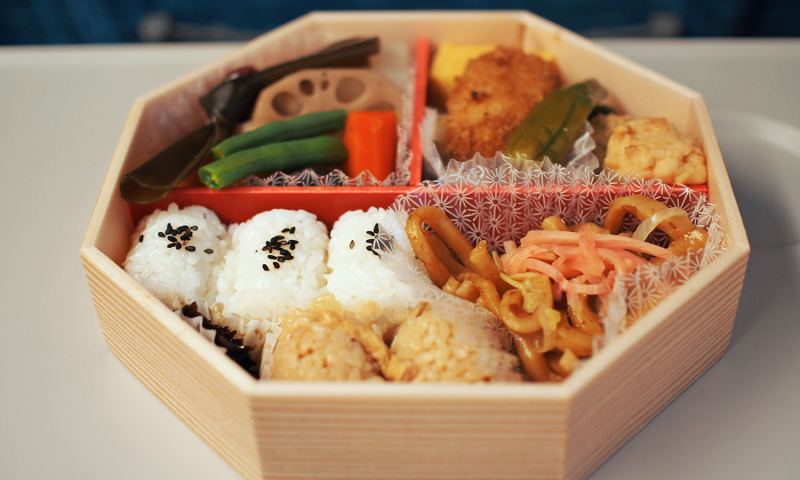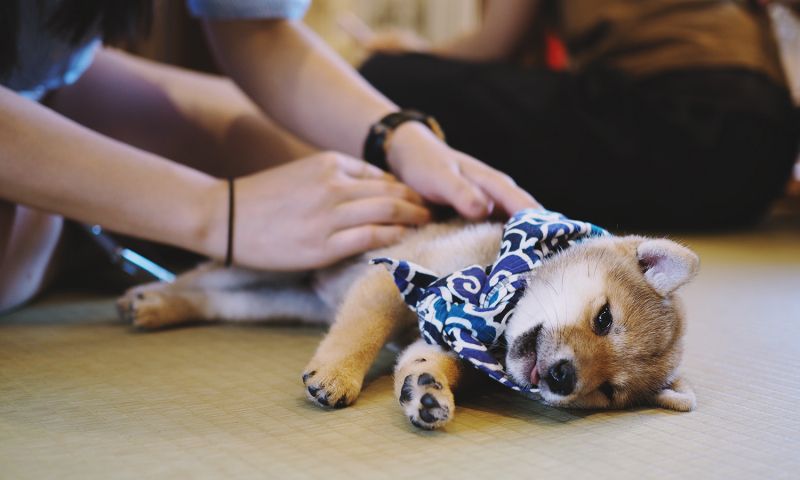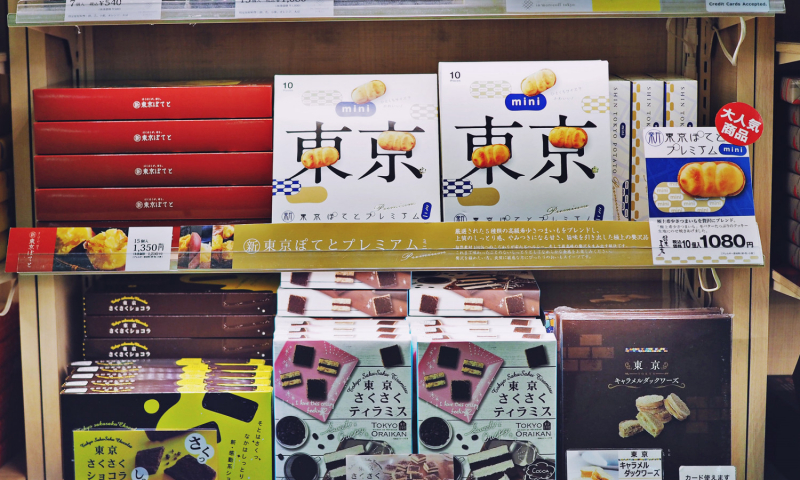
Omiyage: Japan’s Souvenir Culture

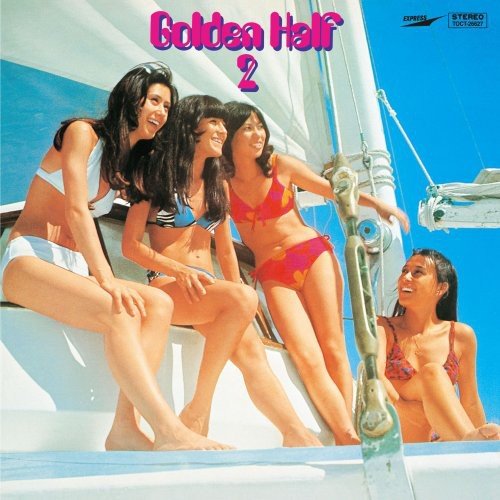
Sponsored Links
“Half”, pronounced ha-fu in Japanese, refers to biracial Japanese, although the term is often used to refer to all Japanese mixed race people. Although there are still not that many “half” people in Japan, it seems like these “half” Japanese people are all over Japanese media. These mixed race Japanese people who appear on television, in music, in magazines, etc., are referred to as “half” talents, or ha-fu tarento. Some famous “half” talents include Rola, Darenogare Akemi, Becky, Shelly, Wentz Eiji… just to name a few. But it turns out that the popularity of “Half” talents isn’t just a recent trend. In fact, the first boom of “half” talents began in the 1960’s.
After World War II, there was an increase of children born between American military men and Japanese women, leading to a boom of mixed children immediately after the war. Those children would become adults in the 1960’s, and gradually start to appear as “half” talents in media. In this first boom of “Half” talents can be seen “half” musicians like the Golden Cups and “half” idols like Aoyama Michi and Kei Tomoko.
The Golden Cups is a band consisting of five male members from Yokohama who were advertised as having all “half” members. Although in the immediate post-war period “half” people were still not widely accepted in society, the band was very successful, ranking high in CD sales in the late 1960’s. It was later found out though, that the leader of the band, Dave Hirao, was not in fact “half”. Since then, the band has gone through several member changes but finally re-formed in 2003, and the band continues to hold concerts today.
Born Yagi Fusako in Yokahama in 1949, Aoyama Michi debuted as a pop singer. She was discovered in a contest held in a jazz café. After being signed to a label, she released several songs and was known for her distinct deep and powerful voice. Sadly, her singing career ended after several arrests for drug use.
Born in 1949, she first appeared on a TV comedy show, Tenamonya Sandogasa, and later debuted as a singer. She released popular songs like ‘Pinku no Kuchibeni’, but eventually stopped releasing music after marrying in 1968.
In the 1970’s, more “half” talents begin to appear…
Ishikawa Seri was born in 1952, and first appeared in media when she sang the theme song for a Japanese drama Hachigatsu no Nureta Suna in 1971 and subsequently released her debut album the following year in 1972. She is still active in her singing career.
Kurosawa Hiroshi, or William Hiroshi Koff, was born in 1960 and first became famous for his roles as a child actor, and then as a singer. He is the older brother of Caroline Yôko.
Born Caroline Nan Koff in 1962, and worked in commercials, magazines, and as a talent, television personality, radio personality, and did voiceover work for shows. She is the younger sister of Kurosawa Hiroshi.
Golden Half was a female idol group that originally consisted of 5 members, but shortly became four members after their debut. They appeared in movies, on television, and commercials along with their music career. Similar to the Golden Cups, they advertised themselves as being “half” Japanese, but it was later found out that one of the members, Yumi, was not actually “half”.
Compared to the 1960’s and 1970’s, the years immediately after the war, there were relatively few “half” talents appearing in the 1980’s and 1990’s. Most of the American fathers went back to America immediately after the war, leading to a decline in mixed American-Japanese children some years after the war. In the 2000’s though, perhaps partially due to increased globalization of Japan, there was another boom of “half” talents.
So why were these “half” talents popular? Japan, especially before the war, has a largely homogenous population and it is likely that “half” talents felt new and exotic. Japan also began to see more of Western culture through TV and magazines post-war, which led to a widespread fascination for Western culture. So, “half” talents may have been seen in a way as a link to Western culture. It is interesting to note that even though mixed race people were often discriminated against during that time, some people even took the effort to fake being “half”, such as in The Golden Cups and in Golden Half.
Today, we see many more “half” talents in Japanese media. And just as before, they are seen in different media outlets including radio, television, dramas, magazines, and so on. With Japan continued efforts in globalizing the country, we can expect more “half” talents to join the crowd.
Sponsored Links
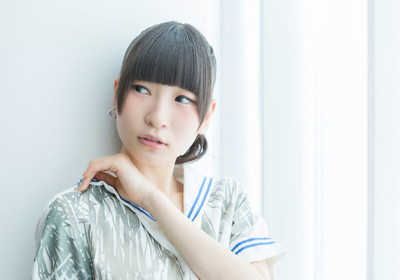
Making it Big on Niconico: Successful Talents who Started with a Dance Cover
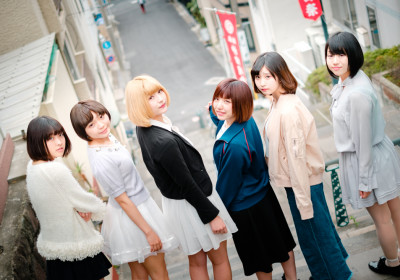
Bob Cut is Justice, Or is it Determination? NICE BOB! Photo Report


